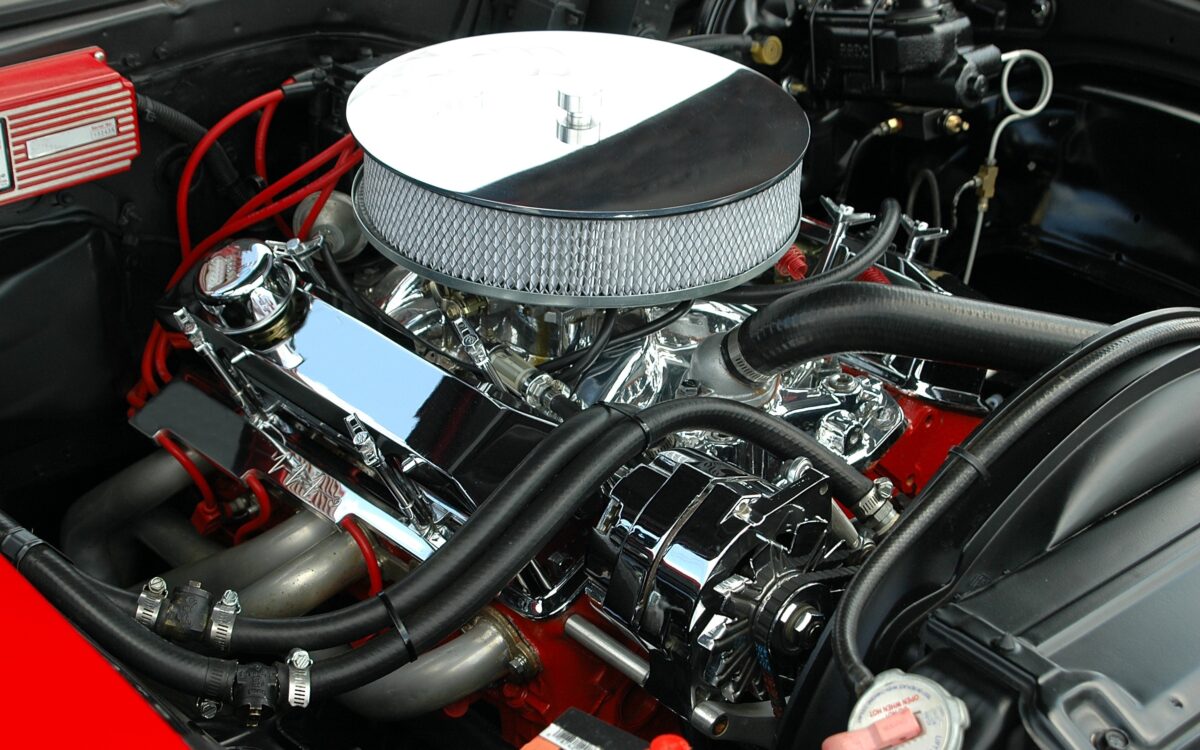Lakes Automotive adopted a nine-phase project management methodology, earning acclaim and a quality award. In 2000, they bought Pelex Automotive Products with its five-phase project management methodology. The challenge was merging these two methodologies for their joint staff.

Don’t feel like reading? Listen to the answers instead:
Lakes Automative is a Detroidt-based tier-one supplier to the auto industry. Between 1995 and 1999, Lakes Automotive is a Detroit-based tier-one supplier to the auto industry. Between 1995 and 1999, Lakes Automotive installed a project management methodology based on nine life-cycle phases. All 60,000 employees worldwide accepted the methodology and used it. Management was pleased with the results. Also, Lakes Automotive’s customer base was pleased with the methodology and provided Lakes Automotive with quality award recognition that everyone believed was attributed to how well the project management methodology was executed. In February 2000, Lakes Automotive decided to offer additional products to its customers. Lakes Automotive bought out another tier-one supplier, Pelex Automotive Products (PAP). PAP also had a good project management reputation and also provided quality products. Many of its products were similar to those provided by Lakes Automotive. Because the employees from both companies would be working together closely, a singular project management methodology would be required that would be acceptable to both companies. PAP had a good methodology based on five life-cycle phases. Both methodologies had advantages and disadvantages, and both were well liked by their customers.
How do companies combine methodologies?
When two companies like Lakes Automotive and PAP merge, combining methodologies requires a strategic approach. First, a gap analysis is essential to pinpoint the similarities and differences between the methodologies. Engaging representatives from both companies, such as project managers and team leads, helps garner insights into the practicalities of each approach.
The primary objective for the merged methodology should be clearly articulated, whether it’s streamlining processes or maintaining high-quality outputs. As both methodologies have proven strengths, it’s important to identify and integrate these advantages into the new combined approach.
Next, standardization across tools, templates, and terminologies ensures consistency. Before rolling out the merged methodology company-wide, a few pilot projects can offer insights into its practical application and potential challenges. Subsequent training sessions for employees can aid in a seamless transition to the new approach.
An established feedback mechanism lets employees share their experiences, helping the management to make iterative improvements. Periodic reviews post-implementation can assess the effectiveness of the merged methodology and guide refinements.
Given that both Lakes Automotive and PAP have methodologies admired by their customers, the goal should be to capture the essence of both. This will likely result in a unique, best-of-both-worlds approach, paving the way for further success in the automotive industry.
How do you get employees to change work habits that have proven to be successful?
Changing ingrained, successful work habits is challenging but achievable through strategic measures. First and foremost, communicate the reasoning behind the change transparently. Allow employees a voice in the decision-making, reinforcing their stake in the new process. Offer comprehensive training to ease the transition, and consistently emphasize the advantages of the new habits. By setting clear guidelines and expectations, employees have a concrete framework to follow. Identify and utilize influential team members who can exemplify the new habits, acting as role models. Regular feedback, both given and received, is invaluable, ensuring the transition is smooth and addressing any concerns. Celebrate incremental successes to boost morale and continuously remind employees of the overarching reasons and long-term vision behind the change. With understanding, guidance, and support, employees can transition to new work habits, even when previous methods were successful.
What influence should a customer have in redesigning a methodology that has proven to be successful?
Customer influence is paramount when redesigning a successful methodology. Their firsthand feedback offers vital insights into the real-world application of products or services. Involving customers in pilot projects ensures the redesigned methodology meets practical needs. Moreover, by prioritizing features based on customer input, the methodology stays aligned with their expectations. Customers often unveil overlooked pathways for innovation and help in risk mitigation. Their validation assures that changes resonate with end-users. Furthermore, involving customers cultivates stronger, trust-filled relationships. Yet, while their input is invaluable, it’s vital to balance this with the company’s internal expertise and evaluate the feasibility of implementing customer suggestions. In essence, weaving customer insights into a redesign ensures the methodology remains relevant and effective in addressing evolving market needs.
This case, and questions, is take from the book “Project Management Case Studies – Sixth Edition” – 2022, by Harold Kerzner.




